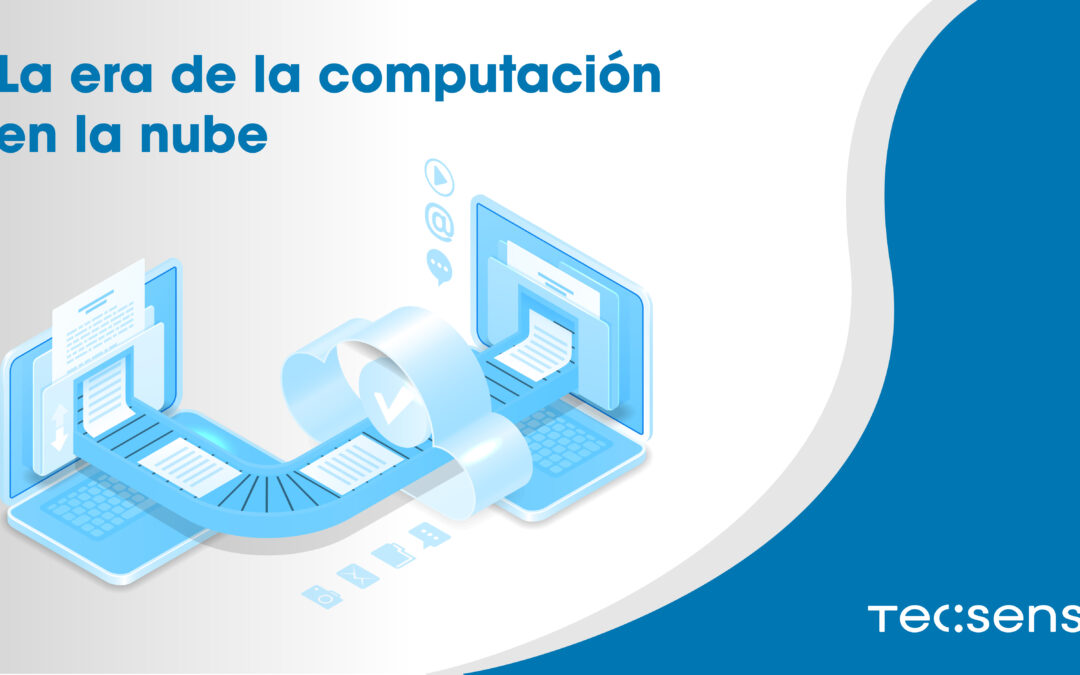In today’s digital age, cloud computing has emerged as a fundamental pillar driving business transformation. This revolutionary paradigm has redefined the way businesses manage and store data, run applications, and deliver services. To better understand this phenomenon, it’s essential to delve into the basics of the cloud computing era.
Cloud Computing Basics
Cloud computing refers to the delivery of computing, storage, networking, database, analytics, and more services over the internet. Instead of relying on on-premises servers or physical infrastructure, organizations can take advantage of cloud resources provided by specialized providers. Common deployment models include public, private, and hybrid cloud.
In the public cloud, services are offered through a third-party provider’s shared infrastructure. Private cloud involves building an infrastructure exclusively for a specific organization, providing greater control and customization. Finally, hybrid cloud combines both, allowing the transfer of data and applications between the public and private cloud as needed.
Core Cloud Service Models
Infrastructure-as-a-Service (IaaS): Delivers virtualized compute resources over the network, such as virtual machines and storage.
Platform as a Service (PaaS): Provides a complete platform that allows developers to build, deploy, and manage applications without worrying about the underlying infrastructure.
Software as a Service (SaaS): Delivers applications directly to users over the web, eliminating the need for on-premises installations.
Benefits of migrating to the cloud
Scalability
The cloud allows resources to be flexibly scaled as needed, allowing businesses to quickly adapt to changes in demand.
Costs
By eliminating the need to invest in hardware and maintenance, businesses can significantly reduce costs and pay only for the resources they use.
Remote access
The cloud makes it easy to access data and applications from anywhere with an internet connection, encouraging collaboration and flexibility at work.
Automatic Updates
Cloud service providers take care of software and security updates, ensuring that applications are always up-to-date.
In conclusion, cloud computing has transformed the way businesses manage their computing resources, offering flexibility, scalability, and efficiency. However, the decision to migrate to the cloud must carefully consider the specific needs and goals of the organization.




